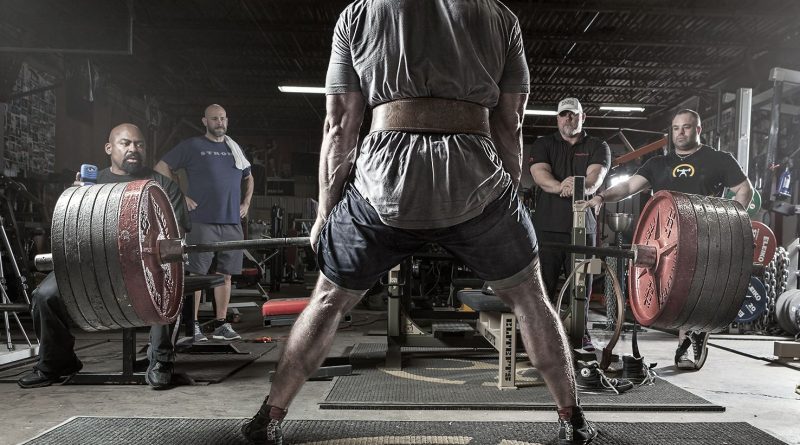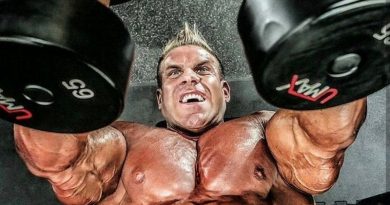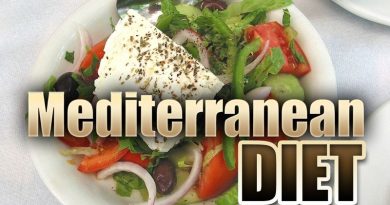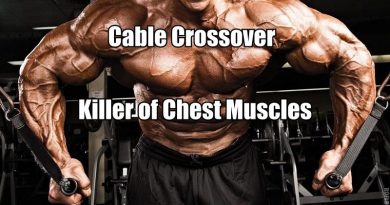9 Tips On How To Eat Like A Powerlifter
Getting ready to become involved in the sport of powerlifting? If so, you’re likely excited about the new workouts that are about to get underway. You’ve done your research and come up with, what you consider to be, the ultimate powerlifting workout program for your current fitness level.
But, not so fast. Before you hit the gym, it’s important that you also have your diet down pat as well. Without the right foods fueling your body, you’ll be slow to see results.
Especially in the sport of powerlifting where workouts are done at maximum intensity, you need to be sure you have the right nutrients helping fuel your way.
Let’s go over some key tips to know to eat like a powerlifter.
Focus On Calorie Dense Meals
The first thing you must do is focus on calorie dense meals. It’s a rare case when you see a powerlifter who is actively training to gain strength feasting on a large bowl of salad.
While this doesn’t mean they skip over vegetables, smart powerlifters know not to fill up on foods that are of low calorie density.
This means instead they turn to foods like nuts and nut butter, avocados, steak, salmon, dry oatmeal, whole wheat bagels, whole eggs, dried fruit, and so on.
These are the foods that are going to help them reach their high calorie intakes needed to both train as well as recover from that training.
They make sure that these types of items are in their diet more often than not.
Monitor, But Don’t Obsess Over Calories
Next, another important thing that powerlifters do is monitor, but not obsess over calories. While those involved with bodybuilding will need to be calculating their meal plan out perfectly, it just isn’t so for powerlifters.
Bodybuilders need to know the precise number of grams of fat, proteins, and carbs taken in with each meal, while powerlifters will be fine just as long as they have a balanced diet.
They still should monitor their calorie intake to ensure that it’s at a reasonable level- high enough to see strength and muscle gains, but not so high they gain massive amounts of body fat. Estimation is fine for them however.
Bring Up Your Fat Intake
The next step to eating like a powerlifter is to get over your fear of dietary fat. While most people do realize that fat is a necessary part of a healthy diet plan, some are still keeping their fat intakes too low to see optimal results.
As dietary fat is correlated to the level of testosterone present, you want to be sure you’re doing everything you can to optimize this.
That means making sure that you’re getting about a third of your calories from dietary fat sources.
This doesn’t mean feasting on burgers, fries, and other unhealthy foods though. Remember, a healthy powerlifter is a strong one. Focus on high quality foods just the same as everyone else should.
You can indulge from time to time and have a little more leeway than say a bodybuilder would as body fat percentage is not a primary concern for you, but don’t go overboard.
Create A Really Good Mass Gain Shake Recipe
The next quick tip that all powerlifters should do is create a really good mass gain shake. You will find that if you rely on solid food only, it gets hard to reach the intake necessary for results.
Many powerlifters are taking in 3500-5000 calories per day, so eating only solid foods, it can lead to a very full stomach.
By concocting your own home made weight gain shake, you can feel good about putting something healthy into your body while supporting your goals. Avoid using a commercially prepared weight gain shake as often these are far too high in total sugar content to be considered healthy.
Prepare your own by mixing together a whey protein powder, some dried oats (blended if you prefer), ground flaxseeds, dried unsweetened coconut flakes, and if you prefer, some fresh fruits and nut butter when you blend it all together.
With your own recipe, you’ll maintain complete control over what you’re putting into your body.
Never Leave Home Without Food
Another point all powerlifters should know is that they should never leave home without food. You never know when a kink is going to come up in your day, preventing you from getting to your usually scheduled meal or snack. And, making sure you get every meal in that you’re supposed to is vital.
This is why you should always have a back-up plan. Whether this means carrying around a shake, a can of tuna, some low sodium beef jerky, some protein bars, or otherwise, so be it.
Keep these in your car, your desk at work, or your gym bag. Never let yourself be without proper nutrition.
Fuel Your Workouts Right
Just as any bodybuilder would, as a powerlifter you need to be sure that you fuel your workouts properly as well. It’s not enough to just eat a high volume of food throughout the day, you need to be sure that you’re tending to your pre and post workout needs especially. By doing so, you’ll help ensure that you are fully prepared to put forth maximum effort in each and every workout that you do.
Pre workout you should be focusing on taking in a solid source of protein along with complex carbohydrates. You can have some fat at this time, but do keep it minimized. Too much fat will just cause you to feel sluggish and not like exercising.
Post workout, again, you want to keep fat low, turning to a fast acting protein such as a whey isolate powder along with a fast acting source of carbohydrates. Bananas or a powdered form of carbs work great here.
These meals will help best prepare your body for exercise and then ensure that after, you recover as quickly as possible.
Space Your Meals Out Right
In addition to getting in enough food, you should also be sure that you space your meals out. Eating frequently throughout the day – six to eight meals – will help reduce the chances that you begin to feel bloated and uncomfortable.
If you try and take in 1000+ calories in a single meal, you won’t feel much like doing anything after that and worse, it could increase the chances that you experience fat gain.
Instead, aim to eat a more moderate sized meal or snack every two to three hours.
Limit Caffeine
Keeping tabs on your caffeine intake is also essential. This means tracking your consumption of coffee, energy drinks, or anything else containing caffeine.
While some caffeine can be beneficial and help increase your intensity level during exercise, too much caffeine can lead to CNS burnout and overtraining.
As you are already taxing your CNS heavily with powerlifting itself, don’t add to this.
Keep Binging Under Control
Finally, make sure that you keep any binging tendencies under control. Some powerlifters, because they want to take in as many calories as possible, put themselves on a ‘see-food’ diet. Basically, they see it, they eat it.
While this can help you take in a high volume of calories and food, the problem is that it can also induce binging tendencies. You want to maintain full control over your food choices at all times, being able to regulate how much you take in.
If you get into the habit of binging on food to get your calorie intake up, this habit could stick with you for many years to come, putting you at risk for bodyweight issues for the rest of your life.
So there you have a few of the best nutrition tips that all powerlifters should remember as they go about their workout program. Getting proper nutrition in is a must, so make sure that you aren’t overlooking this.



